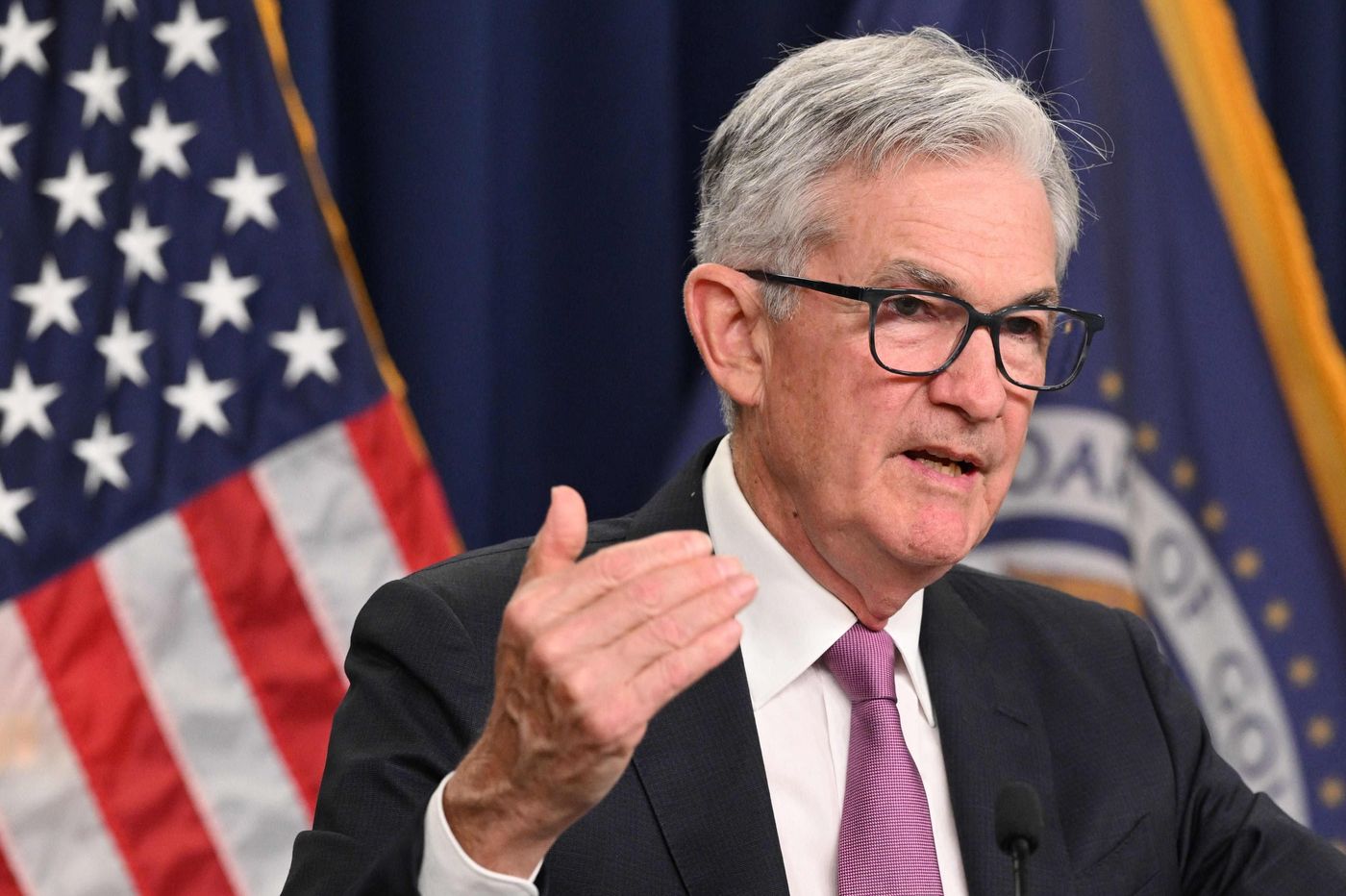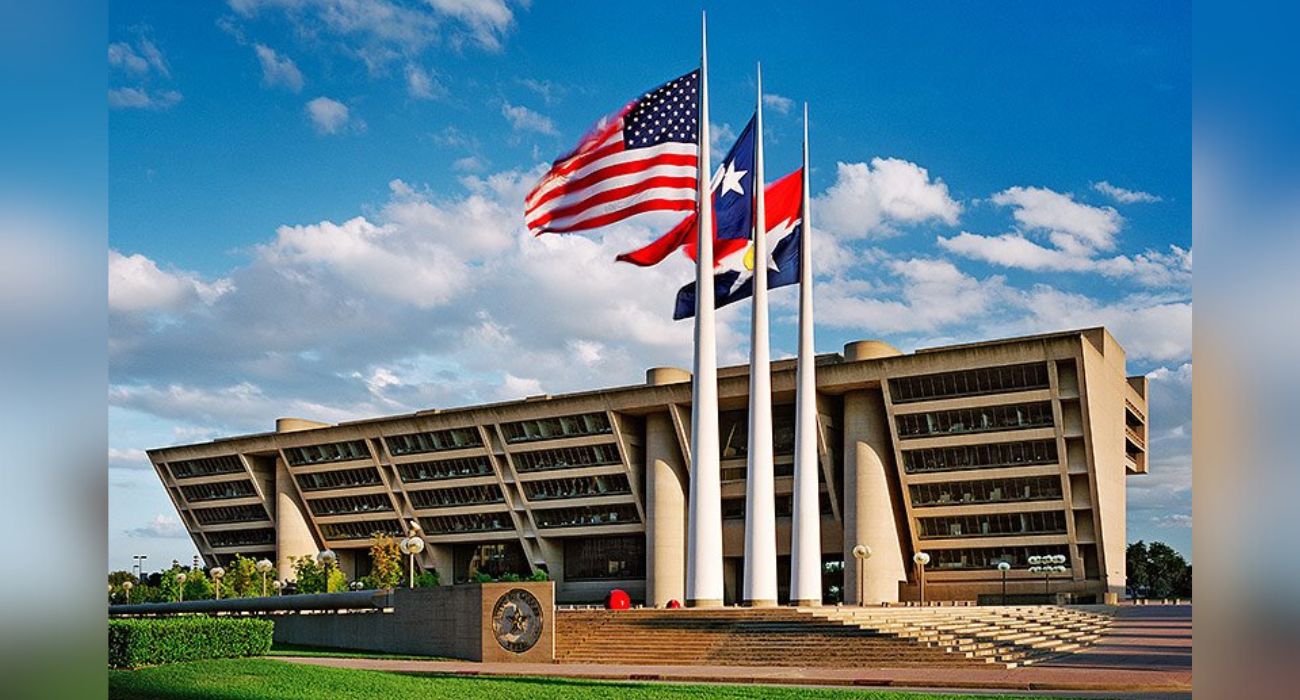The U.S. economy has been rocky for the majority of 2022. From record-high inflation to supply-chain issues and whispers of a recession, the next financial crisis seems closer than ever.
With the U.S. Treasury Department roughly in $24 trillion of debt, the Federal Reserve has adopted a policy of “quantitative tightening,” meaning it is reducing the size of its balance sheet.
In response, trade institutions and bankers are concerned that the Treasury market will set the stage for a new financial crisis.
With “already-thinning liquidity” in the Treasury market, there could be a host of undesirable consequences if the Fed sheds more of its liabilities in September and October, according to some financial analysts.
Earlier this month, Ralph Axel, an interest-rate strategist for Bank of America, warned his institution’s clients that “declining liquidity and resiliency of the Treasury market arguably poses one of the greatest threats to global financial stability today, potentially worse than the housing bubble of 2004-2007.”
For his part, Bank of America’s head of U.S. rates strategy, Mark Cabana, stated, “Dealers will inevitably be holding more Treasury inventory. They’re going to have to finance that, which puts upward pressure on repo rates, that over time will probably contribute to more volatile Treasury markets, potentially worsening Treasury liquidity.”
Michael Howell, chief executive at CrossBorder Capital in London, stated that “quantitative tightening may have more effects than central banks will fess up to.”
Quantitative tightening and thinning liquidity could lead to a snowball effect that could result in higher interest rates, higher borrowing costs, and a possible debt default by the federal government.
Treasury liquidity has been thinning since before the Fed started shrinking its balance back in June. But now, the Fed is looking to shed $95 billion a month, “an unprecedented pace,” according to Kansas City Fed economists Rajdeep Sengupta and Lee Smith.
Thinning liquidity has pushed traders and portfolio managers to be more mindful and cautious about trading under current market conditions.






